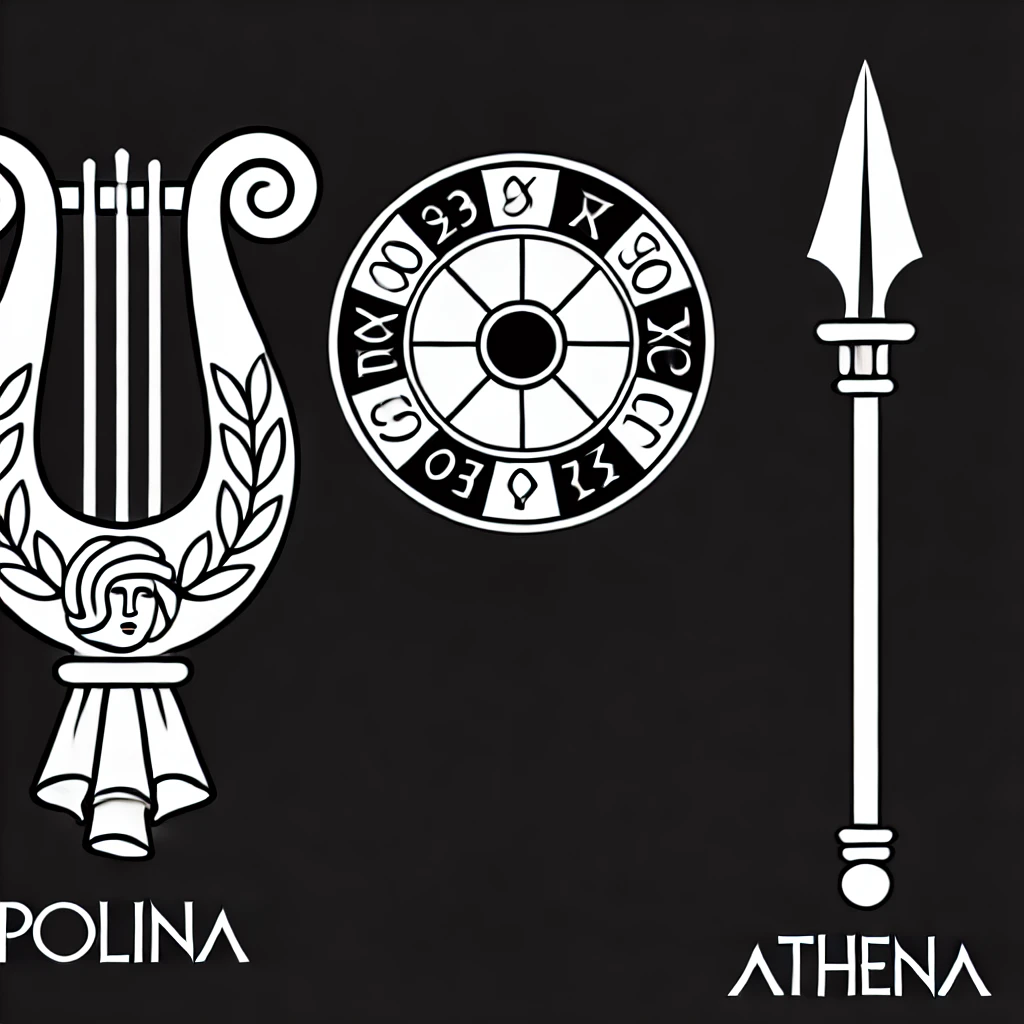Epilogue#
Reader, this network of ours is not a map for the timid. It is a landscape of towering peaks, each one a hidden node that demands you leap—not shuffle—from summit to summit. If your legs are long enough, if your stride is bold, you will ascend these peaks and understand them: cooperation, transaction, adversarial. These are not merely points in a model; they are perspectives from which to view the entire system, vast and interconnected.
But what of those whose legs are short? What of those who cannot leap? For them, there is only the input layer, teeming with nodes—disparate, prosaic, unassimilated. They cannot rise to see the whole; they cannot leap from one hidden peak to another. Instead, they wade through inputs, overwhelmed by the particulars, blind to the structure. And when they stumble upon the phrase God is dead, they take it as a flat proclamation—atheistic, nihilistic, final—because they cannot ascend to see its meaning as a metaphor, as a reweighting of the network itself. 1 2 3 4
The long-legged know better. They know that the three hidden nodes—cooperation (blue), transaction (green), and adversarial (red)—are the only true pathways from input to output. These peaks shape every transformation, every connection, every outcome. They also know that God is dead signals the weakening of cooperation, the once-strong blue node that held so much weight. With this node faltering, the balance shifts. The transactional grows louder, the adversarial burns brighter, and the outputs grow jagged, fragmented.
This is not a philosophical abstraction; it is the world we inhabit. The long-legged can see how this shift plays out: in nations divided, in ideologies colliding, in nostalgia for homogeneity and simplicity that never truly existed. They see the adversarial node dominate in MAGA chants, in Brexit slogans, in the rise of nationalism—not because the node is evil but because it is the logical output of weakened cooperation. They see the transactional node thrive in market worship, in the reduction of human connection to currency and contracts, in the hollow promises of meritocracy.
Those with short legs do not see the peaks. They do not even see the nodes. They cling to inputs—symbols, slogans, grievances—and stumble blindly from one to the next. They imagine they are traversing great distances, but they are trapped in valleys, unable to see the higher structure of the network.
But you, reader—if you have understood this book, if you have grasped the leaps required—you are among the long-legged. You have stood atop the cooperative peak and gazed upon the transactional. You have leapt to the adversarial and looked back on the others. You know that these nodes are not isolated but interconnected, each shaping and reshaping the pathways of the network.
And so, your test is this:
Do you see God is dead as a mere statement, or do you see it as a shift in the network—a weakening of cooperation, a reweighting of the hidden layer? If you cannot leap to this understanding, you will remain lost among the inputs, consumed by their noise. But if you can stride from peak to peak, you will see the full system. You will see that the death of God is not an end but a transformation. It is not nihilism but reweighting. It is not despair but a call to recalibrate, to rebalance, to forge a new equilibrium.
The long-legged are those who leap from inputs to hidden layers to outputs, understanding each in turn. They do not dwell in valleys, arguing over isolated inputs. They climb higher, to where the view is clear, and they see the truth: that every output—every human action, every societal shift—has passed through the peaks of cooperation, transaction, and adversarial forces.
And if you, too, can make this leap, then you are ready to leave this book behind and step into the network yourself.
